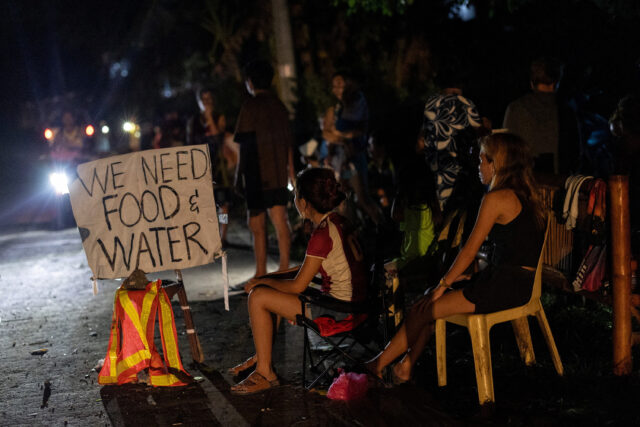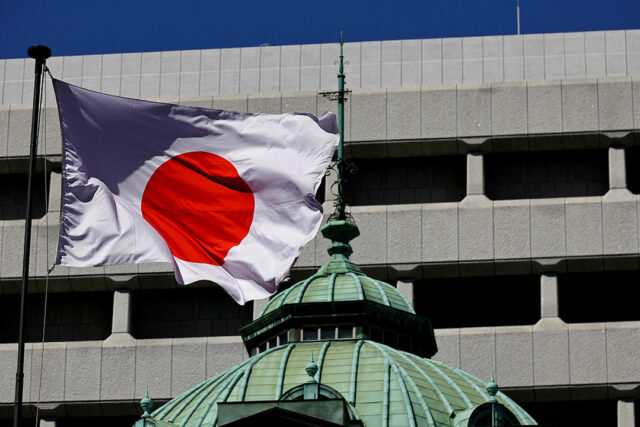Fuji-Haya Electric expands to Davao, strengthening presence in Mindanao
Fuji-Haya Electric Corporation of the Philippines officially opened its doors in Davao City with a momentous launching event that brought together industry partners, clients, and company leaders. The occasion marked a significant step forward in the company’s mission to bring world-class electrical engineering solutions closer to Mindanao.
The celebration began with a solemn blessing of the new office premises, symbolizing gratitude and a hopeful start for Fuji-Haya’s growing presence in the region. This was followed by the ribbon-cutting ceremony, led by company executives alongside honored guests, signifying the formal opening of the Davao branch.
After the ceremonial opening, the program transitioned into an afternoon of meaningful exchanges with valued partners and guests. Company executives shared insights about Fuji-Haya’s growth journey — from its strong beginnings in Manila, its expansion in Cebu, and now, the exciting establishment in Davao. The message was clear: this expansion is not just about geographic presence, but about strengthening partnerships, ensuring accessibility, and delivering reliable solutions to the entire country.
 The highlight of the program was a presentation of Fuji-Haya Electric’s expertise and solutions — including transformers, panelboards, capacitor banks, switchgears, busducts, unit panels and many more. These products represent the company’s continuous drive to meet the evolving demands of industries and communities with safety, efficiency, and innovation at the forefront.
The highlight of the program was a presentation of Fuji-Haya Electric’s expertise and solutions — including transformers, panelboards, capacitor banks, switchgears, busducts, unit panels and many more. These products represent the company’s continuous drive to meet the evolving demands of industries and communities with safety, efficiency, and innovation at the forefront.
The event was made even more meaningful with the participation of Fuji-Haya’s global partners. LS Electric of Korea affiirmed its long-standing partnership and support for Fuji-Haya’s expansion in the Philippines. Fuji Electric Co. of Japan, meanwhile, conducted a technical presentation on advanced innovations and critical power solutions, showcasing how international expertise strengthens local industries.
Guests enjoyed an atmosphere of collaboration and optimism, with many expressing enthusiasm about the opportunities that Fuji-Haya’s presence in Mindanao will bring. Beyond the event, the launch reinforced the company’s commitment to powering industries, infrastructure, and communities across the Philippines.
As the company officially plants its roots in Davao, Fuji-Haya Electric remains steadfast in its mission to be a trusted partner in delivering reliable power distribution solutions nationwide — a step that ensures not just growth for the company, but progress for the communities it serves.
Spotlight is BusinessWorld’s sponsored section that allows advertisers to amplify their brand and connect with BusinessWorld’s audience by publishing their stories on the BusinessWorld Web site. For more information, send an email to online@bworldonline.com.
Join us on Viber at https://bit.ly/3hv6bLA to get more updates and subscribe to BusinessWorld’s titles and get exclusive content through www.bworld-x.com.













